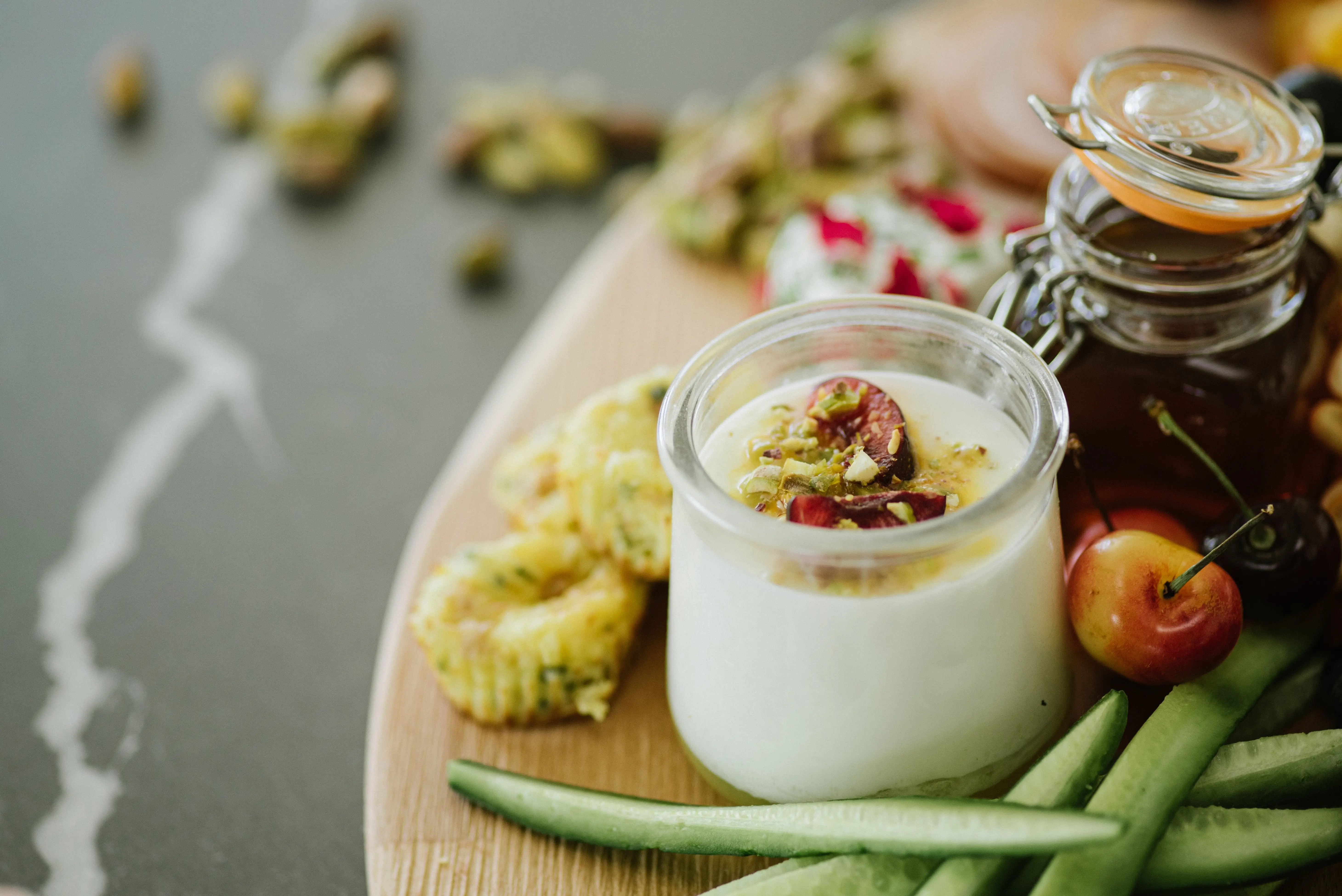Chobani is a yoghurt manufacturing company with a significant market share in the US. Hamdi Ulukaya founded the company in 2005 after moving from Turkey to the United States (Chobani n.p.). He had decided to buy a yoghurt facility in New York, and within five years after the purchase, the Company had significantly grown, with its sales topping $1 billion (Chobani n.p.). Chobani has continued to grow and is now considered America’s 2nd leading yoghurt brand, which offers a range of Greek yoghurt products. The company’s significant growth over the years calls for a review of its strengths, weaknesses, opportunities, and threats to understand how best it can continue thriving in the yoghurt market in the coming years. The paper provides a SWOT analysis of Chobani, explains the type of product, clarifies whether the introduction of yoghurt for children is a brand or line extension, and explains Chobani’s current product positioning.
SWOT Analysis
Strengths
- Chobani dominates the Greek yoghurt market with almost half of the market share
- Strong internet presence
- Chobani is the only company that has introduced Greek yoghurt for children
- High growth rate
- Chobani’s products are all-natural
Weaknesses
- Distribution problems
- Packaging issues
- It does not manufacture organic products
- It lacks discretionary spending
Opportunities
- Offering its products in small packages
- Expansion of Greek yoghurt market share
- Introduction of organic product options
Threats
- Intense competition
- Increasing preference for organic products
- Recession’s negative impact on premium products
On the strengths of Chobani, the company significantly dominates the Greek yoghurt market. In particular, it has approximately 49% of the Greek market share (Chobani n.p.), which means that it is better placed at selling its Greek yoghurt products than other companies. Also, the company has a strong internet presence. Chobani has set up social media pages on various social media platforms, such as Facebook, Instagram, and Twitter (Chobani n.p.). These social media pages have a large following, as the company relies on them to update its customers on the products. Additionally, it uses these social media pages for marketing its products. Apart from social media, the company has an interactive and consumer-focused website that allows customers to engage it on product matters. Also, the company is the first of its kind to produce Greek yoghurt for kids, which means that it has expanded its market based to cover children. The company recently introduced Chobani Champions, a Greek yoghurt that targets children (Chobani n.p.). Also, the company has a high growth rate. Since its establishment in 2005, Chobani has continued to expand, which has been made possible by its loyal customers. Chobani also offers natural products, which many customers prefer due to their lack of artificial flavors or preservatives.
On weaknesses, Chobani struggles with distribution problems despite its significant market share. While Chobani has yoghurt products in various grocery stores, not all locations have Chobani products, making it challenging for customers to understand the specific stores to get Chobani products (Giammona n.p.). Also, Chobani has packaging problems. For most consumers, the product comes in a significantly larger container, making many consider other yoghurt brands packaged in smaller containers. The company does not manufacture organic products (Chobani n.p.), making it lose out on health-conscious customers who prefer such products. The company also lacks discretionary spending, as it has only existed for a few years compared to other established companies in the industry, which do not have problems with spending.
On opportunities, Chobani can start offering its products on small packages, as most consumers believe that snacks should not come in large sizes, as is the case with Chobani’s products. Chobani can expand its Greek yoghurt market share, as it only accounts for less than a quarter of the total yoghurt market. Chobani can introduce organic product options to meet the needs of health-conscious customers, which will allow it to expand its market share.
On threats, Chobani faces intense competition from various established companies in the yoghurt market. Some of these companies include Yoplait, Oikos, and Fage (Craft n.p.). As the yoghurt market continues to grow, the company is likely to continue facing stiff competition from other companies (Chobani n.p.). Also, an increase in preference for organic products threatens the existence of Chobani’s yoghurt products, which are not organic. Also, the recession in the US has had a significant impact on premium products, which means that they will no longer be sustainable, as most consumers continue to consider other product options with reduced prices. Chobani’s products are slightly expensive, which means that many customers will start considering cheaper product options.
Question #1
Yoghurt is considered a dairy product, which results from the fermentation of milk using a yoghurt culture. Yoghurt products contain calcium and protein (Ware n.d.). The nutritional information for most yoghurt products is similar, considering that they all result from fermenting milk using yoghurt culture. The answer regarding the type of product does not change for the different product categories that Chobani offers because their manufacture involves the fermentation of milk through a yoghurt culture. The significant difference for the yoghurt product offers is their taste, which is determined by flavors.
Question #2
Chobani’s introduction of yoghurt for children is a line extension. A line extension is defined as introducing a new product within the same product category that an established brand already sells its products (Homeier 12). In this case, the new product that has been introduced sells alongside the brand’s existing products. In most cases, a product line extension is characterized by new formula, scent, size, style, color, or flavor. In this case, Chobani introduced a new product, Chobani Champions, to sell alongside its established Greek yoghurt. Understandably, Chobani has not started selling a different product, as the manufacturing process is similar to its Greek yoghurt.
Question #3
Chobani is positioning its various product categories as healthy products. The positioning strategy focuses on product attributes and benefits. In particular, most of the company’s products are labelled ‘zero sugar,’ which is aimed at appealing to most health-conscious customers in the world today (Chobani n.p.). The company communicates the positioning through its branding, as most products have been branded ‘zero sugar.’
In conclusion, Chobani has continued to grow and is now considered America’s 2nd leading yoghurt brand, which offers a range of Greek yoghurt products. The SWOT analysis has revealed that the company has various strengths, such as significant domination of the Greek yoghurt market, strong internet presence, the introduction of Greek yoghurt for children, high growth rate, and the manufacture of natural products. The major weaknesses are distribution and packaging issues. Stiff competition is the primary threat the company faces. Chobani can continue its growth in the yoghurt market by utilizing available opportunities, such as offering its products in small packages, expanding its Greek yoghurt market share, and introducing organic product options.
Works Cited
Chobani. “About.” Chobani, 2021, https://www.chobani.com/about/
Chobani. “Chobani with zero sugar.” Chobani, 2021, https://www.chobani.com/
Chobani. “Harvesting change: 2019 Impact report.” Chobani. https://assets.ctfassets.net/3s6ohrza3ily/5MxDBZIMucaejmdHaHU5N1/7b141537f169ff5f5dcd55d4fe4e4625/CHOBANI_ImpactReport_2019.pdf
Craft. “Chobani competitors.” Craft, 2021, https://craft.co/chobani/competitors
Giammona, Craig. “Chobani’s success in yogurt war exposes weaknesses of giant food firms.” Lexington Herald Leader, 2017, https://www.kentucky.com/news/business/article138054398.html
Homeier, Victoria. Consumer perception of internal brand extension: A literature based work on perceived fit as determining factor for enhancing consumer acceptance of internal brand extension. München: GRIN Verlag, 2018.
Ware, Megan. “Everything you need to know about yoghurt.” Medical News Today, 2018, https://www.medicalnewstoday.com/articles/295714









